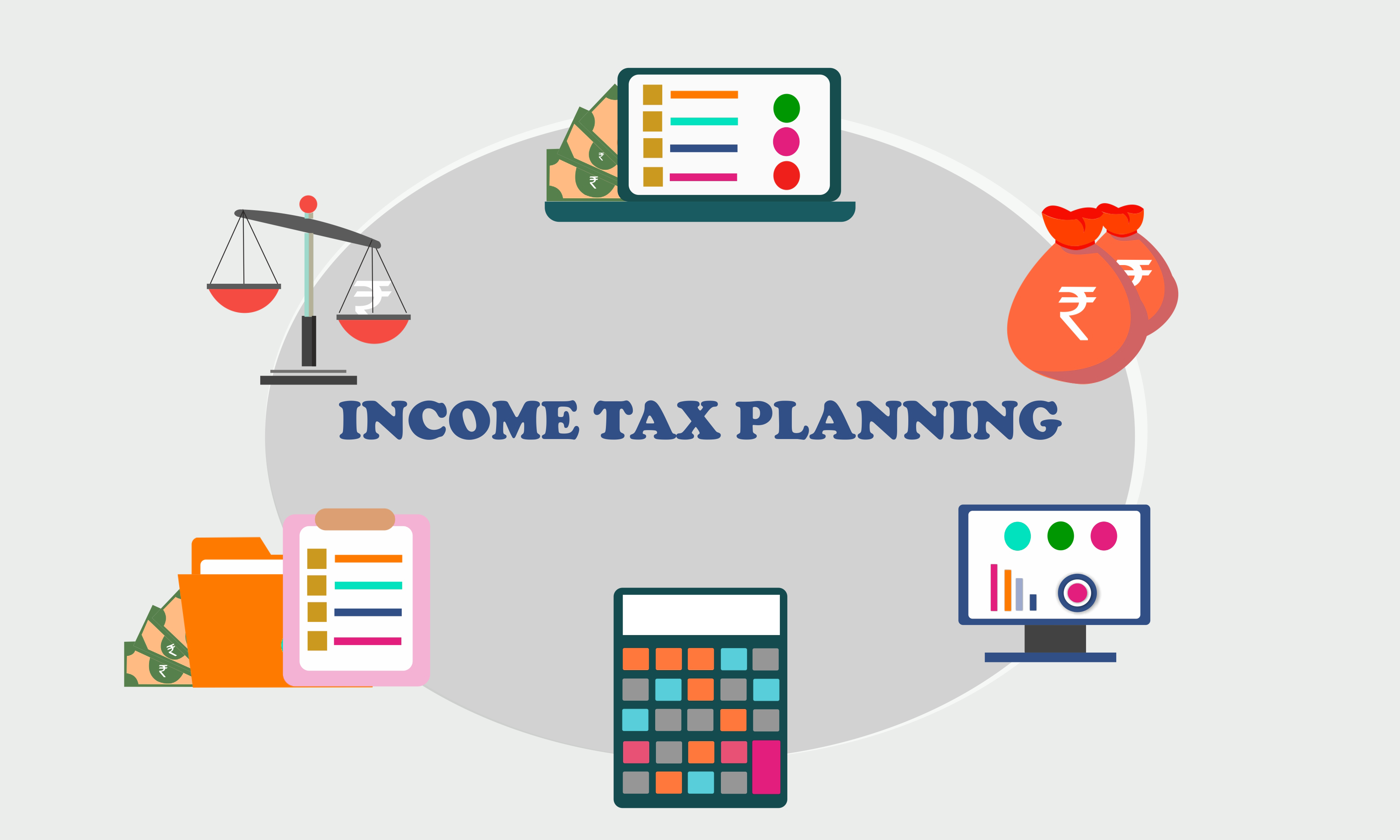These 8 Income Tax
-saving options are based on the evaluation for returns, safety, flexibility, costs, transparency, and more.How to do Income Tax Planning?

Quick reminder: Finish your Income Tax planning now! Share proof of tax-saving investments to avoid higher TDS. Even if your employer hasn’t asked, you could be in a new tax system without deductions. No exemptions for HRA, LTA, or deductions for investments, insurance, and loan interests. Switch back to the old system when filing taxes, but invest before March 31 for deductions. If you change jobs, make sure your new employer knows your previous income. Don’t wait – complete your tax-saving investments ASAP! Learn the Best Ways to Cut Your Tax Bill.
Best ways to save Income Tax:

1. NPS:
NPS has been the top tax-saver for two years straight. It offers deductions under Section 80C (up to Rs.1.5 lakh), an extra Rs.50,000 under Section 80CCD(1b), and employer contributions (up to 10%) under Section 80CCD(2). Returns: 8.16% in the past five years, with a lock-in till retirement. NPS is now more flexible – equity allocation limit raised to 75%, asset mix change allowed up to four times a year, and multiple pension fund manager options. Equity funds, gilt, and corporate bond funds show promise, while alternative investment funds (with a 5% limit) are advised against.
2. ELSS funds:
ELSS funds rank second with an 18.24% return in 5 years and a 3-year lock-in. Ideal for a bullish equity market, especially large-cap-oriented schemes. Transparent, low-cost, with the shortest lock-in period among tax-saving options. Despite market risks, experts recommend a long-term approach for better risk-adjusted returns. Consider SIPs for Section 80C investments if uneasy about market volatility. Some of the funds that have more than 75% of their corpus in large-cap stocks are:
- Quant Elss Tax Saver
- Bandhan Elss Tax Saver
- Parag Parikh Elss Tax Saver
- Kotak Elss Tax Saver
3. Ulips:
5-year returns: 8.15%, lock-in: 5 years.
Ulips, a tax-efficient choice, offer tax-free gains under Section 10(10d) if life cover is 10 times the annual premium. You can switch between debt and equity without tax implications. Ulips provides flexibility with periodic withdrawals but lacks options like changing the insurer. Remember, Ulips may not offer sufficient life cover; aim for 7-8 times annual income. A long-term commitment is vital for Ulips, so buy only if you can commit to the entire term.
4. Senior Citizens’ Savings Scheme:
Returns: 8.2% (Jan-Mar 2024), Lock-in: 5 years.
Senior Citizens’ Savings Scheme (SCSS) is the top tax-saving choice for those above 60. With a better 8.2% interest rate and the budget’s increased investment limit of Rs.30 lakh, it’s more attractive. Extension rules are relaxed, allowing multiple three-year extensions. While interest is fully taxable, seniors get a tax exemption for interest up to Rs.50,000. Quarterly pension payouts make it appealing. However, eligibility is for those above 60 (58 in some cases). No age bar for defense personnel. Open an account at a bank for easier operations.
5. Sukanya Samriddhi Yojana:
Returns: 8.2% (Jan-Mar 2024), Lock-in: Till child is 18.
Sukanya Samriddhi Yojana’s recent 8.2% interest hike is attractive for parents with girls. Tax-free, but limited to taxpayers with daughters under 10, with a Rs.1.5 lakh annual cap. Open accounts with a Rs.250 minimum deposit. One parent can open for two daughters, but the combined investment can’t exceed Rs.1.5 lakh yearly. Mandatory yearly deposits for 15 years; inactive accounts can be reactivated with a Rs.50/year fine. Note: Interest rate linked to government bond yield, subject to quarterly changes. A valuable addition to fixed income portfolio with higher returns than PPF, but watch for potential rate changes.
6. Retirement mutual funds:
5-year returns: 7-9%, Lock-in: 5 years.
Hybrid funds blend equity and debt for portfolio stability and good returns.
How did retirement funds perform?
Not everyone can handle the risks of the booming stock market, and high inflation lowers real returns for fixed-income portfolios. Hybrid schemes offer a balance by investing in both debt and equity. Unlike ELSS funds entirely in equities, retirement mutual funds diversify. Debt ensures stability, while equity aims for good returns. They qualify for Section 80C tax deduction. Ideal for low-risk, long-term savers, but they have a five-year lock-in. Be cautious, as some like Franklin Pension Fund have exit loads if redeemed before turning 58.7. Pension plans:
5-year returns: 7-14%, Lock-in: Till retirement.
Insurance company pension plans can’t match NPS in costs, flexibility, and tax benefits. Unlike NPS, pension plans lack the option to switch between fund managers. Both face the issue of annuity income taxability. Making annuities tax-free could significantly impact the pension industry, promoting a pensioned society in India.
8. Life insurance policies:
5-6% returns, Minimum 5-year lock-in.
Insurance policies are the least effective for tax savings. Though the corpus is tax-free, the low flexibility and returns make it unattractive. Opt for a pure protection term plan for financial security at a fraction of the cost of traditional policies. Last year’s budget brought life insurance into the tax net, with maturity no longer tax-free if the annual premium exceeds Rs.2.5 lakh for new policies.
Summary.
To summarize, pick tax-saving investments wisely based on your goals and risk tolerance. NPS offers flexibility until retirement. ELSS shines with an 18.24% return and a short lock-in. SCSS suits those above 60 with an 8.2% return. Sukanya Samriddhi Yojana is for parents with girl children, providing 8.2% return with tax-free interest. Hybrid retirement funds balance risk and return. Pension plans from insurers lack flexibility and tax perks. Life insurance policies have low flexibility and returns. Choose based on your needs.
Furthermore, explore the Top Bank Nifty Options Strategies., Click Here
Disclaimer: The information provided in this Blog is for educational purposes only and should not be construed as financial advice. Trading in the stock market involves a significant level of risk and can result in both profits and losses. Spider Software & Team does not guarantee any specific outcome or profit from the use of the information provided in this Blog. It is the sole responsibility of the viewer to evaluate their own financial situation and to make their own decisions regarding any investments or trading strategies based on their individual financial goals, risk tolerance, and investment objectives. Spider Software & Team shall not be liable for any loss or damage, including without limitation any indirect, special, incidental or consequential loss or damage, arising from or in connection with the use of this blog or any information contained herein.





